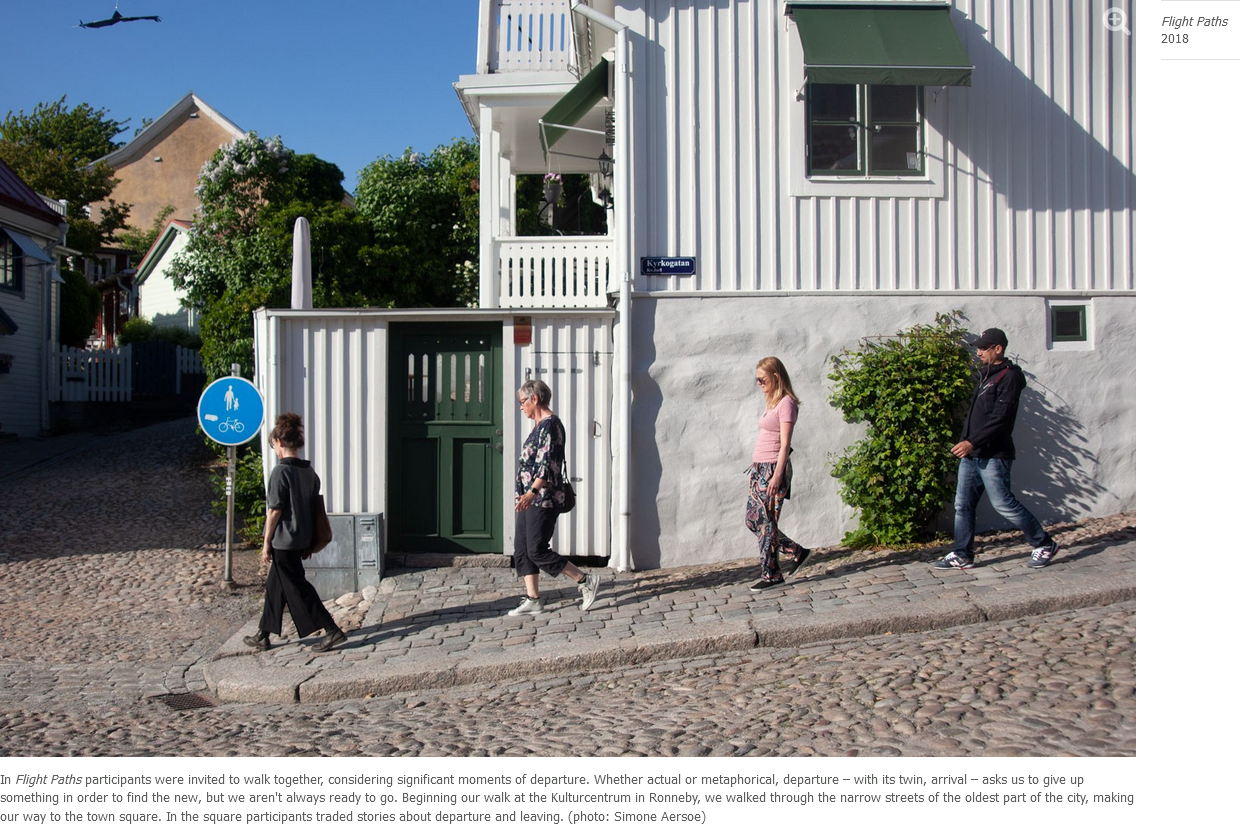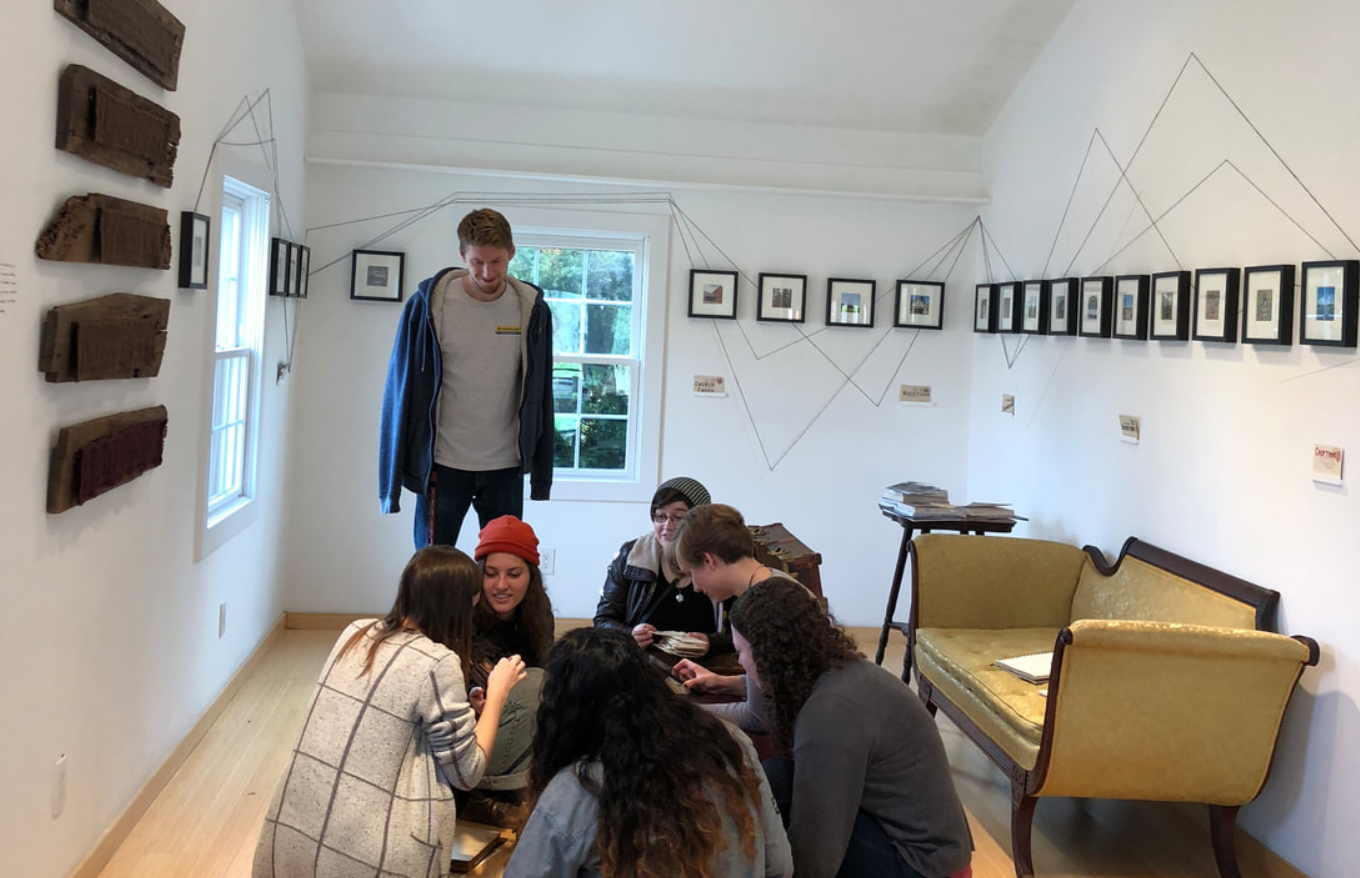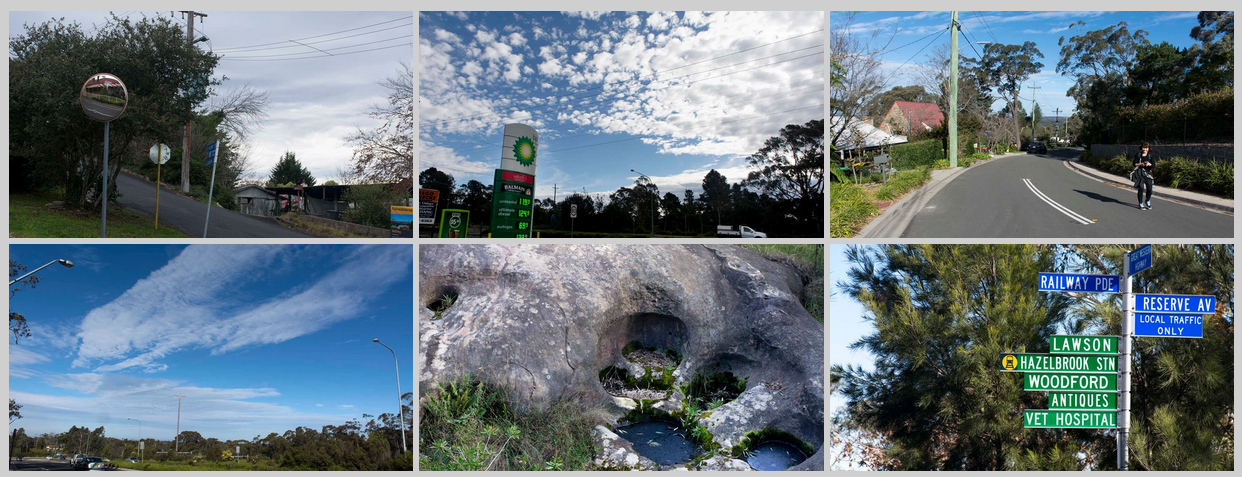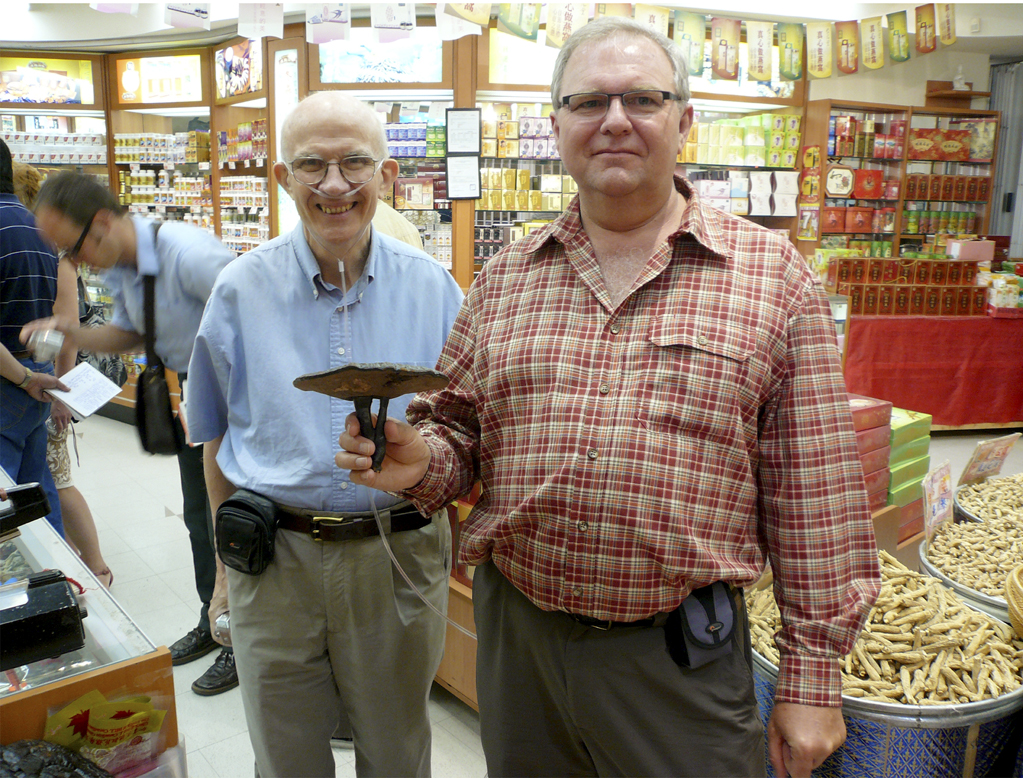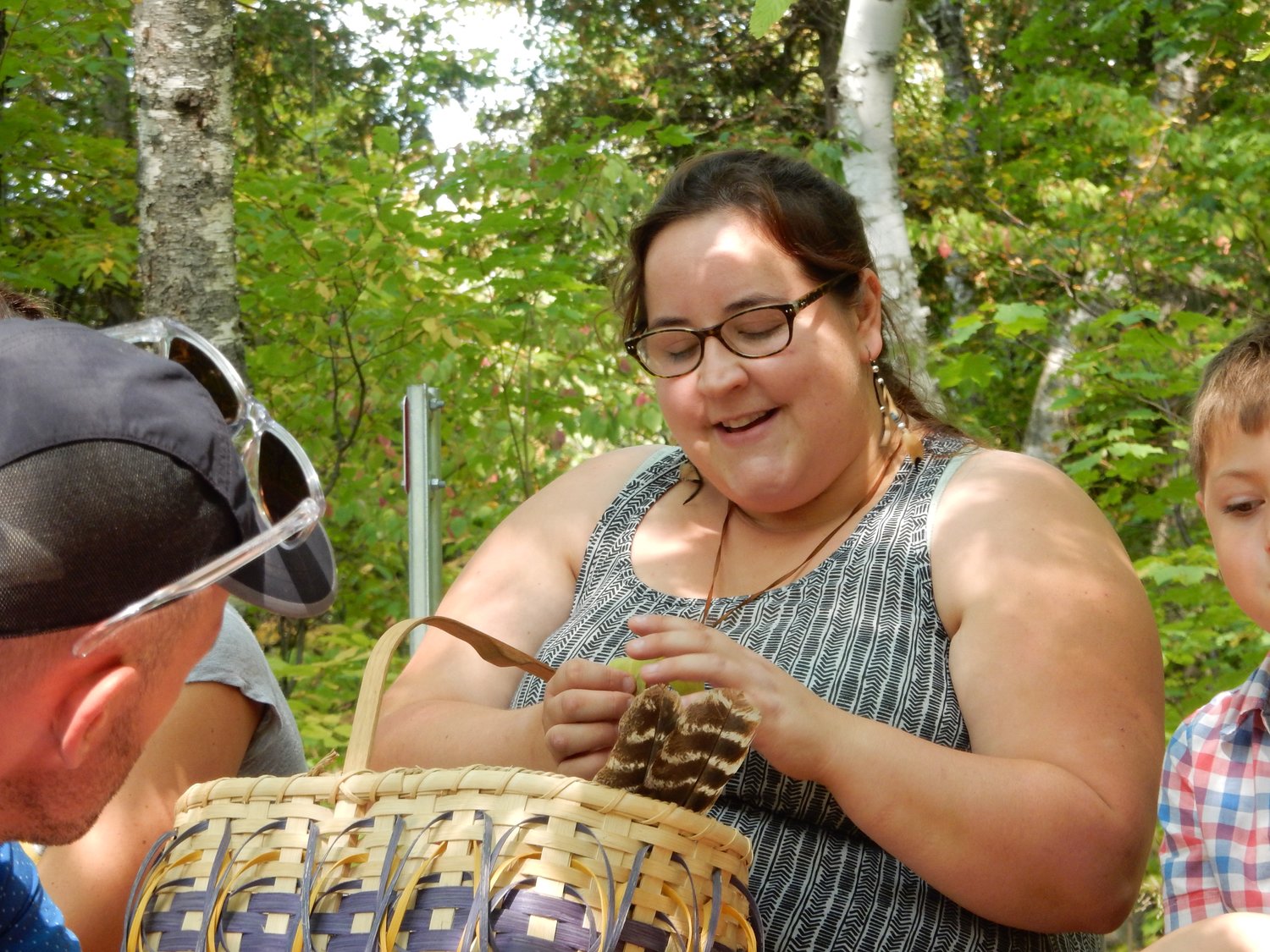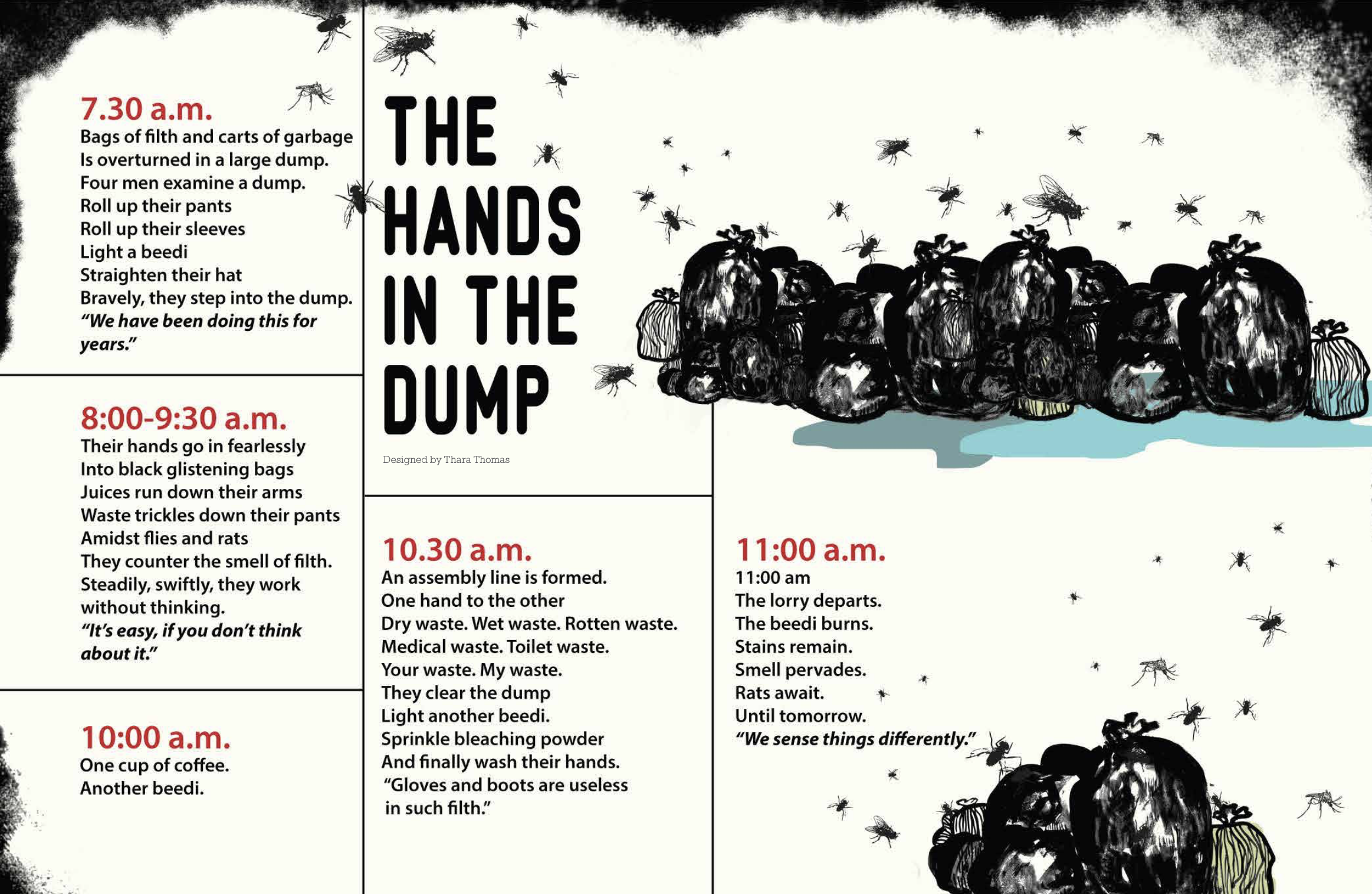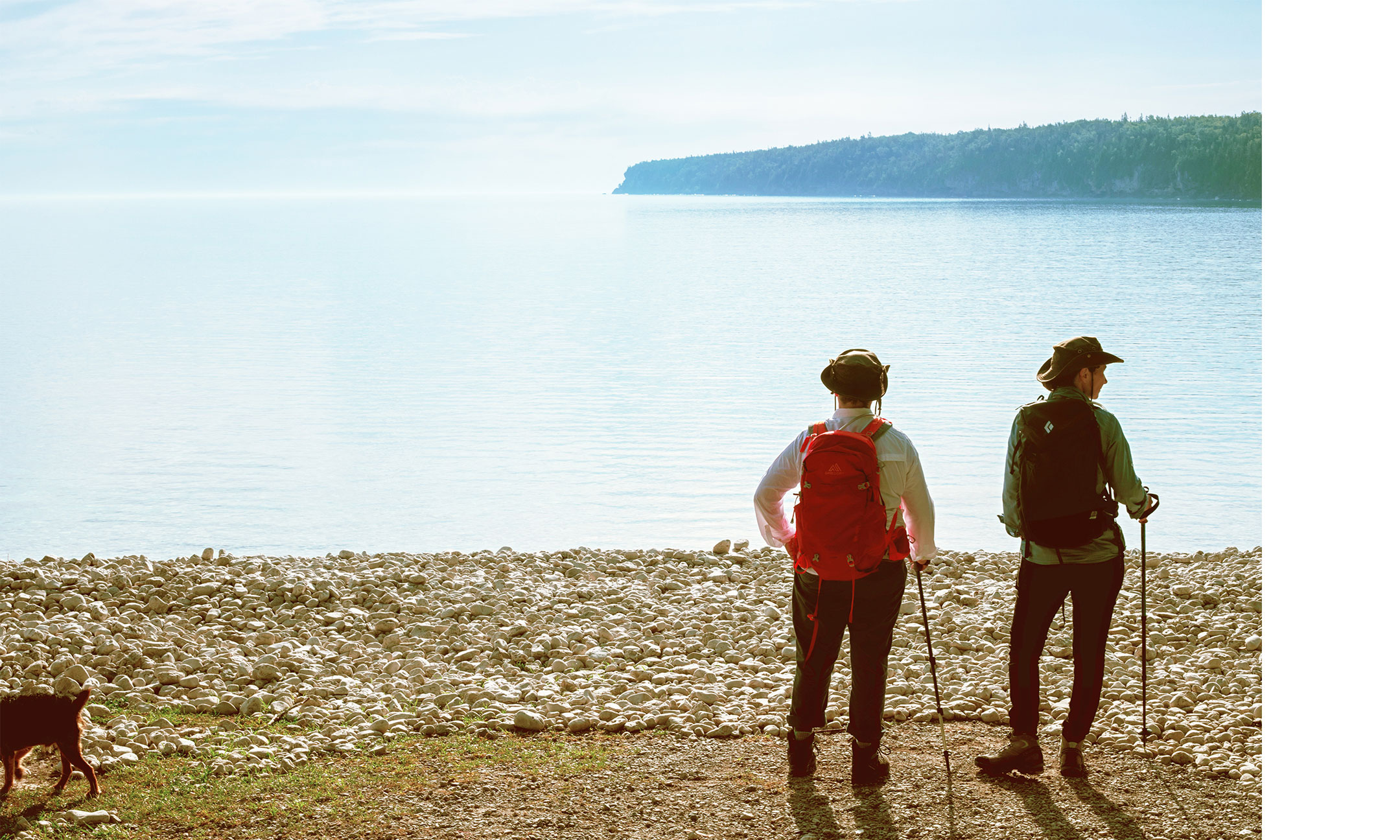From MindTools:
“A walking meeting is exactly what it sounds like: a meeting that takes place while its participants are walking around.
It could involve just a few minutes’ “walk and talk” with a colleague en route to another part of the building. Or, it could be a more organized 20-minute stride around the park while you and two or three colleagues brainstorm ideas or thrash out a problem. … To stay healthy, the U.S. Office of Disease Prevention, via its Health Promotion Physical Activity Guidelines for Americans, recommends at least 150 minutes of moderate intense activity (such as brisk walking or playing doubles tennis) each week. [3] So, by holding a 30-minute walking meeting every day, you would be helping your people to achieve this, giving them long-term health benefits.
Mental health and wellbeing can be improved too, with studies showing that regular exercise can help to reduce anxiety and build up your tolerance for stress. [4] The combination of fresh air, daylight and walking is a great stress reliever, and exposure to daylight helps your body to produce beneficial chemicals, such as serotonin and vitamin D. People with Seasonal Affective Disorder (SAD) will also thank you for the opportunity to get some natural light.
Furthermore, research by the American Psychological Association shows that walking enhances people’s creativity and productivity. According to neuroscientists, walking increases blood flow to the brain, which helps people to express ideas more fluently.
Formalities tend to be dropped when you take people out of the office. This allows them to think more freely and to develop stronger relationships with one another, and with you. And, by taking yourself away from the hustle and bustle of the workplace, your meeting has less chance of being disturbed.
Things to Consider When Arranging a Walking Meeting
To hold a walking meeting, you won’t need any special equipment beyond a decent pair of shoes and clothing suitable for the weather. But you will need a safe space and participants who are able and willing to cover the distance.
You’ll also need to consider the resources that you’ll require, such as refreshments, pens and paper, and how confidential the meeting will be – who needs to be there, who might be in the vicinity of your walk, and who might overhear what you’re saying.
Other considerations include noise that might make it harder for attendees to communicate (chatter in a busy corridor, for example) and how you will chair the meeting effectively outside the more formal setting of a meeting room.
It is, therefore, crucial that you think about the purpose of your meeting carefully before adopting this approach. For example, could a quick standing meeting be carried out in a more formal setting, with a small agenda and ideas submitted via email beforehand?
Walking meetings are best for exploring possible solutions to a problem, brainstorming or conferring on decisions. If you know that you’re going to need a whiteboard or other equipment, it might be better to “walk and talk” to promote discussion and then return to the boardroom to draw everything up together.
A word of warning at this point: please remember that, if you can’t include remote workers, you’ll not only be missing out on their contribution, but they may also feel excluded from the decision making process. They will likely need to be consulted before any final decisions are made to ensure that they can participate in the process.”
Credit: “MindTools | Home.” Www.mindtools.com, www.mindtools.com/af5nfqq/walking-meetings
Tips from Harvard Business Review:
“Consider including an “extracurricular” destination on your route. Dr. Eytan, whose office is located in Washington, D.C., often mentions the nearby Washington Coliseum as a place to stroll by, and notes it is where the Beatles played their first U.S. concert. Naming a point of interest, he says, provides more rationale and incentive for others to go for a walk.
Avoid making the destination a source of unneeded calories. One of the arguments in favor of walking meetings is the health benefit. However, this is easily negated if the walking meeting leads to a 425-calorie white-chocolate mocha that wouldn’t otherwise be consumed.
Do not surprise colleagues or clients with walking meetings. It’s fine to suggest a walk if it seems appropriate in the moment, as long as it’s clear that you’ll be fine with a “maybe next time.” But if you’re planning ahead to spend your time with someone in a walking meeting, have the courtesy to notify them in advance, too. This allows them to arrive dressed for comfort, perhaps having changed shoes. You might also keep water bottles on hand to offer on warm days.
Stick to small groups. Haimes recommends a maximum of three people for a walking meeting.
Have fun. Enjoy the experience of combining work with a bit of exercise and fresh air. Perhaps this is the one piece of advice that doesn’t need to be given. Our data show that those who participate in walking meetings are more satisfied at their jobs than their colleagues who don’t.
Based on our survey and the clear case to be made for walking in general as a key to good health, there would seem to be no good argument against making a habit of walking meetings — or at least giving it a try.”
Credit: “How to Do Walking Meetings Right.” Harvard Business Review, 5 Aug. 2015, hbr.org/2015/08/how-to-do-walking-meetings-right.
